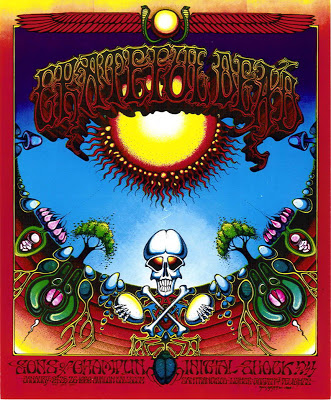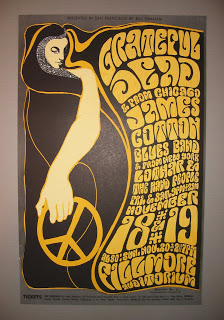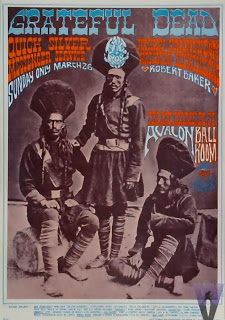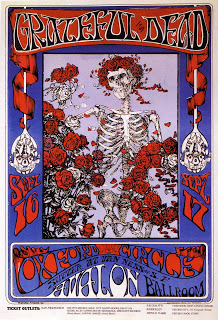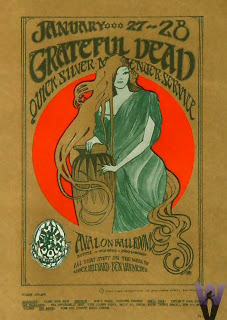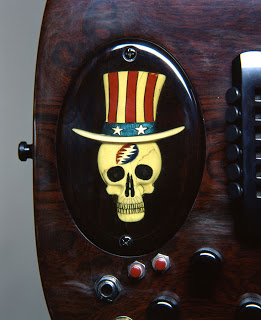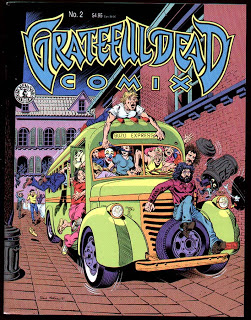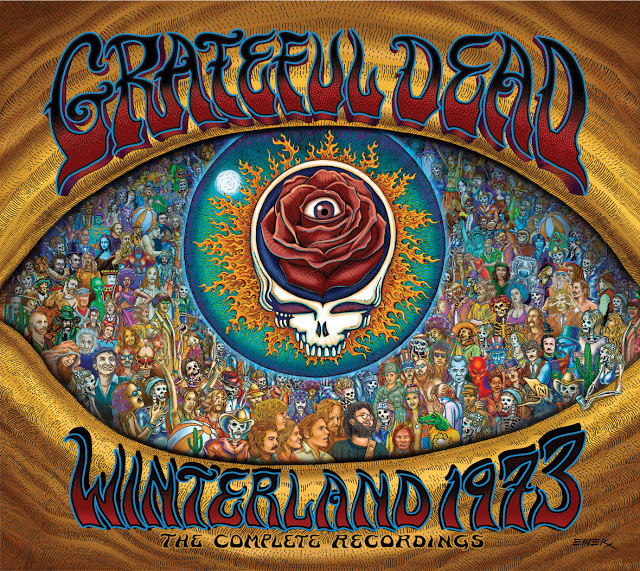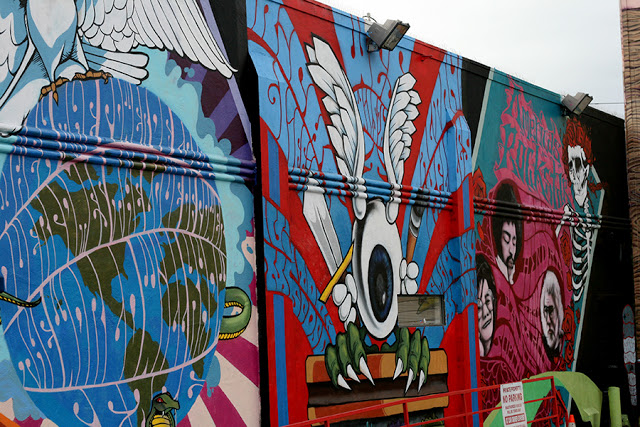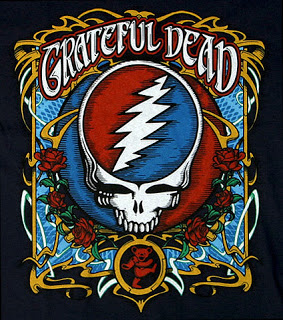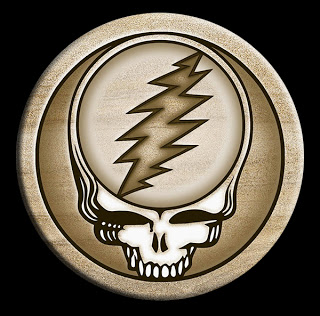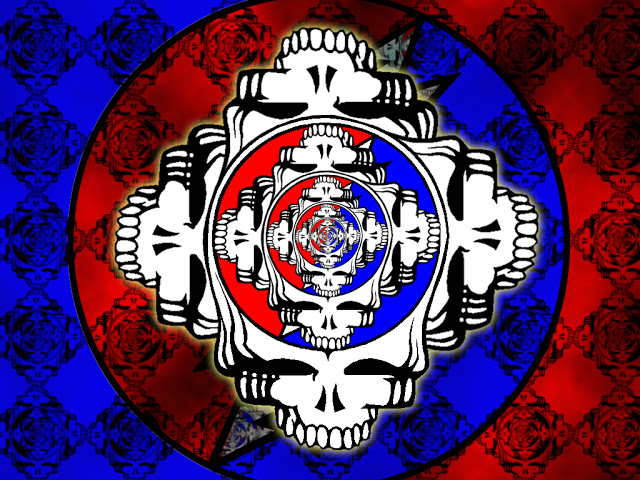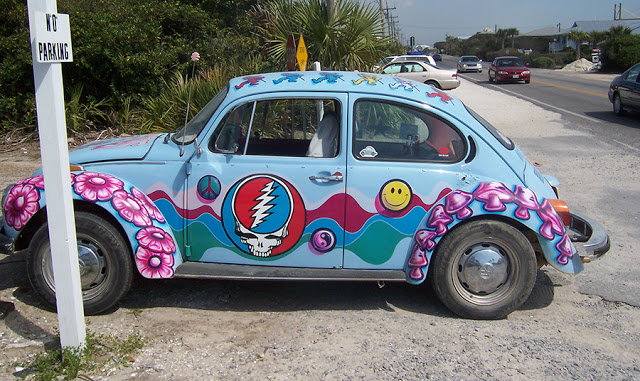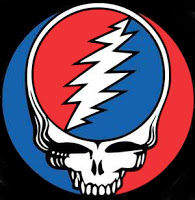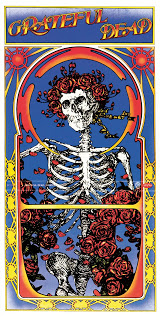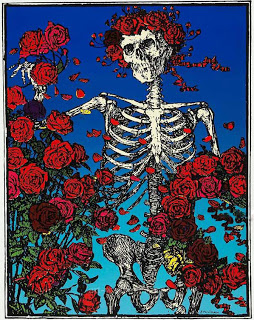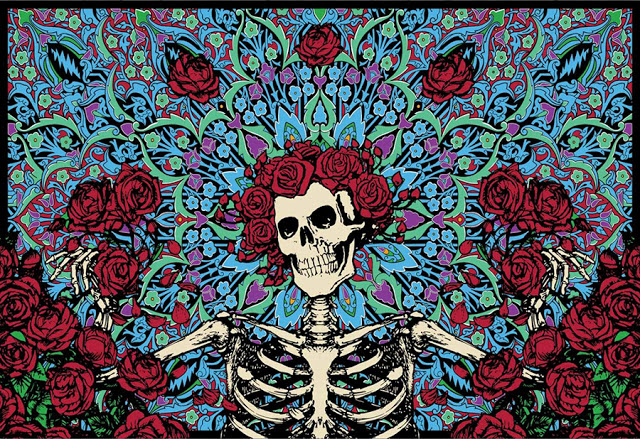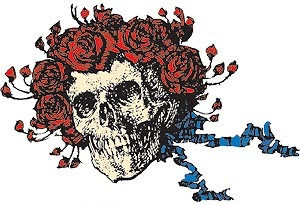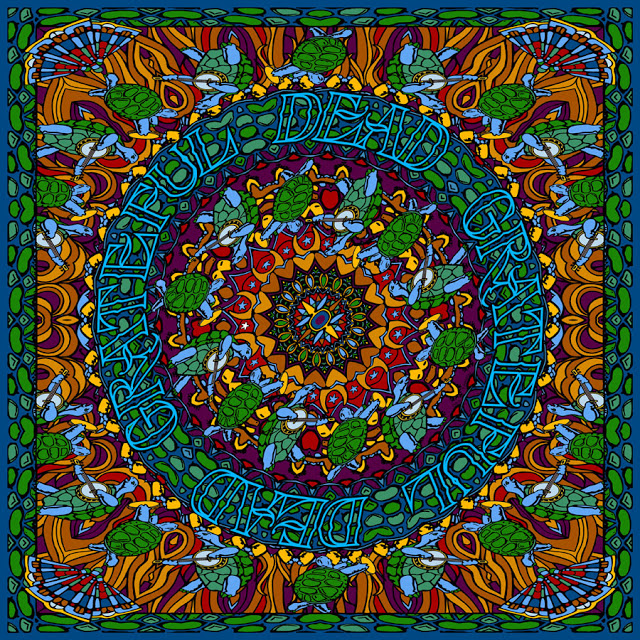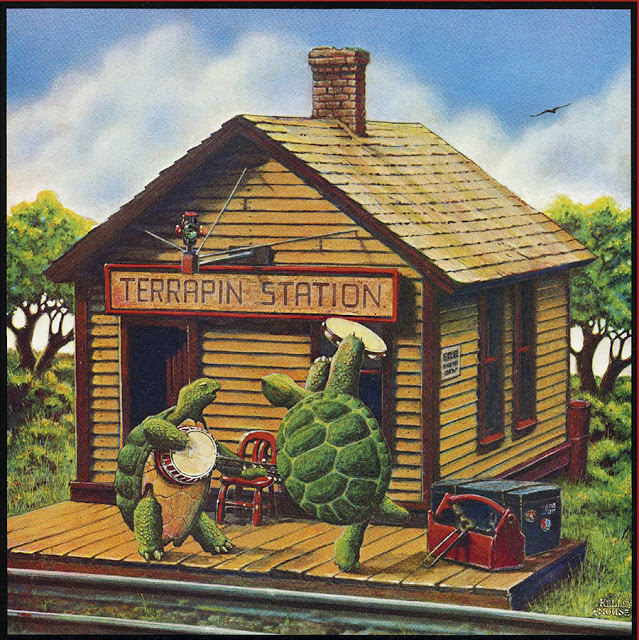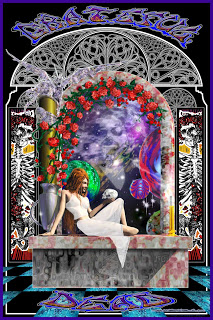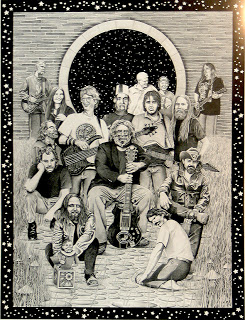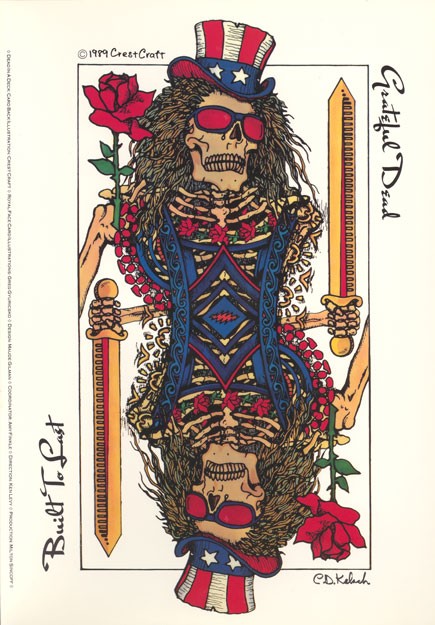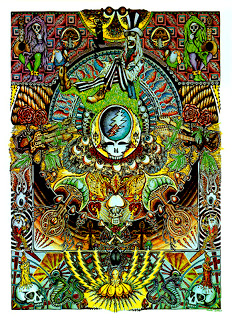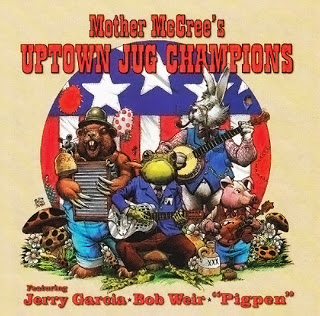 In the winter of 1964 Gert Chiarito was hosting “The Midnight Special”, a late night show on Berkley’s KPFA FM radio featuring impromptu live folk music. According to John Whiting:
In the winter of 1964 Gert Chiarito was hosting “The Midnight Special”, a late night show on Berkley’s KPFA FM radio featuring impromptu live folk music. According to John Whiting:
“It was a sort of folk/pop/rock jam session in which she invited musicians in to play on air into the wee small hours… Gert spent lots of time in small informal venues, making notes on musicians she might invite onto the show. A couple of guitarists she heard at different gigs—a lead and a bass—struck her as a pair of musicians who might play really well together and so she suggested they come and work something out. It was all informal, nothing to be planned or rehearsed.
They both showed up one Saturday night in 1964 when it was my turn on the board. In the event, they really clicked. If the air check that I made that night had been saved, it would be worth a bank manager’s ransom.”
Those two musicians were Phil Lesh and Jerry Garcia.
Garcia had played with Bob Weir and Ron McKernan in the
Palo Alto group “Mother McCree’s Uptown Jug Champions” through the early
’60s, and in 1965 they became the “Warlocks”. When Lesh joined as bass
player they went through another name change, and the first show by the
Grateful Dead was in San Jose California on December 4, 1965 at one of
Ken Kesey’s Acid Tests.
With the exception of Ron “Pigpen” McKernan (keyboards, harmonica, vocals) who died in 1973, the founding members of the Grateful Dead – Jerry Garcia (guitar, vocals), Bob Weir (guitar, vocals), Phil Lesh (bass, vocals), and Bill Kreutzmann (drums) stayed together for its entire 30 year history. In September 1967 Kreutzmann was joined by a second drummer, Mickey Hart. Several other musicians rotated through the band during its long history, and a number of them met untimely deaths due to drug and alcohol abuse. After Pigpen’s death in March, 1973 from alcohol abuse Keith Godchaux took over on keyboards, but he was asked to leave in 1979 because of drug addictions: Godchaux died in a car wreck in 1980. Brent Mydland followed him, playing keyboards with the band for 11 years before he died from a narcotics overdose in 1990. When Jerry Garcia himself died of a heart attack in August 1995 it signaled the end of an incredible trip; because for a surprising number of people the Grateful Dead wasn’t just a band, it was a lifestyle and something very nearly approaching the status of a cult.
Born in the psychedelic movement of the Haight Ashbury district (San Francisco, California) and forming their unique style while playing for Ken Kesey’s “Acid Tests”, the band became famous for their street party atmosphere. Their live shows, driven by an improvisational approach to music, made
the Grateful Dead different from most other touring bands. By the 1970s a number of fans had begun following the band on tour in order to see multiple shows; due to the band’s varied song selection and the improvisational nature
of their playing, no two Grateful Dead concerts were exactly the same. A community began to develop around these tours, and the “Deadheads” started various micro-businesses to support themselves, mostly focused around arts and crafts or portable kitchens.Figures are elusive, but at least one estimate placed the Deadhead community at “a half million members” in 2002: seven years after the death of Garcia.
The band had a definite influence on many underground artists of the era, although it may be an overstatement to suggest that they had much impact on the broader world of visual art. Nonetheless, there are certain iconic images associated with the band which are still widely recognized, and it’s difficult not to attribute the popularity of tie-dyed clothing directly to Deadheads.
Probably the most immediately recognizable logo is the Steal Your Face Skull which originally graced the cover of their 1976 double live album. The grinning skull with a lightening bolt splitting the red and blue frontal bone was designed by Owsley Stanley and rendered by Bob Thomas: ironically the album was relatively unsuccessful due to
poor sound quality and an unpopular music selection, but the cover art
was a huge success and basically became the unofficial band logo.
The Skull and Roses design was composed by Alton Kelley and Stanley Mouse based on an illustration for the 1913 edition of the Rubaiyat of Omar Khayyam drawn by Edmund Joseph Sullivan: even earlier antecedents include the custom of exhibiting the relic skulls
of Christian martyrs decorated with roses on their feast days. The artwork originally
appeared on a poster for the September 16 and 17, 1966 Dead shows at the
Avalon Ballroom and was later used as the cover for the album Grateful Dead. The album is sometimes referred to as Skull and Roses (or Bertha).
The two dancing terrapins first appeared on the cover of the 1977 album Terrapin Station, which was also drawn by Kelley and Mouse. The Dancing Bears, which were a reference to Owsley “Bear” Stanley, came out as part of the back cover art on History of the Grateful Dead, Volume One (Bear’s Choice) (1973) and were drawn by Bob Thomas. The fuzzy, smiling teddy bears were a sharp contrast to the band’s usual death motif and was widely embraced by a younger fan base who came of age in the late 1980’s and early 1990’s.
Like most popular bands the Grateful Dead spawned huge amounts of fan art along with an unprecedented amount of marketing goods. A combination of their longevity as a touring group, their unique community and their psychedelic background provided fertile fields for creative hippies. On April 24, 2008 Bob Weir and Mickey Hart announced that University of California Santa Cruz’s McHenry Library
would be the permanent home of the Grateful Dead’s complete archival
history from 1965 up to the present. The archive includes
correspondence, photographs, fliers, posters, and several other forms of
memorabilia and records of the band along with unreleased
videos of interviews and TV appearances, stage backdrops and other props from the
band’s concerts. The first large-scale exhibition of materials from the Grateful Dead Archive was mounted at the New-York Historical Society in 2010. The archive itself is reported to be opening to the public in the Spring of 2012.
References & further info:
Stigma and the Inappropriately Stereotyped: The Deadhead Professional by Rebecca G. Adams University of North Carolina at Greensboro
Free (huge) archive of Grateful Dead live recordings
Grateful Dead Archive at UCSC
Official Grateful Dead Website

